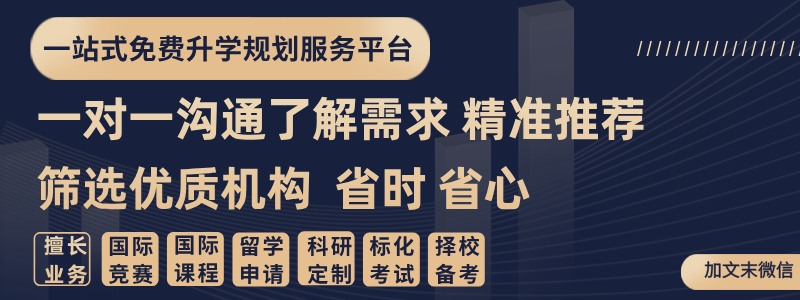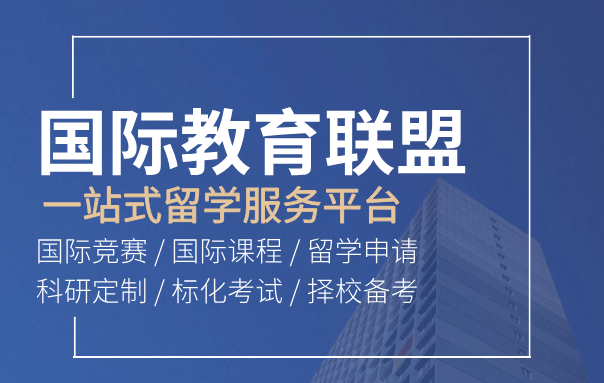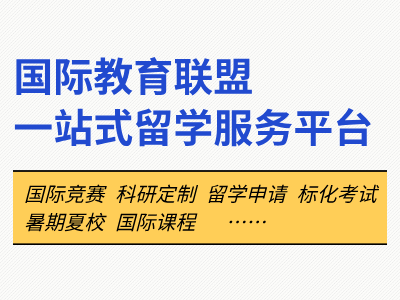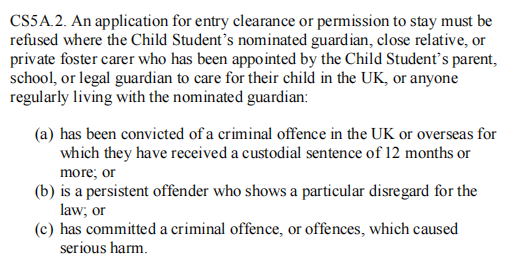Please Swipe Right for English Version
炙手可热的AI与触达星辰的航天工程碰撞,将会发生什么奇妙的反应?近日,中学部23名修读计算机科学的学生怀揣着对未知的好奇,踏入成都国星宇航问天阁研学基地,开启了一场别具一格的计算机科学 AI 智能卫星研学之旅。
当仰望星空的少年化身为“航天工程师”,星辰与算法都不再只是想象和代码。在这里,他们看到了另一种可能。
零距离解码与沉浸式互动
踏入真实的卫星研发实验室,学子们深入了解卫星的各分系统与结构,探究AI与卫星的技术融合,学习“星上算力”对未来太空探索的影响。通过此次研学,学生们不仅知晓了国星宇航的发展历程,还有幸进入卫星地面运控中心,实时观测在轨卫星如何飞越地球并与地面通讯。亲眼见证卫星诞生的过程,让一颗颗航天梦的种子在心中生根发芽。


在星游城市VR座舱内,学生们戴上VR眼镜,开启沉浸式知识探索之旅。有的同学在虚拟地图中“飞越”成都,感受城市的烟火气;有的同学则“登录”月球,探索太空的浩瀚与神秘。知识讲堂上,工作人员讲述中国航天“飞行第一人”杨利伟的故事,让学生们明白载人航天需经受的严苛考验,领悟坚韧不拔与高度自律的重要性。随后,同学们与工程师专家面对面交流,深入探讨AI大模型的发展历程及其火爆原因,从内容创作到智能驾驶,从智能客服到商业卫星,AI技术的广泛应用再次激发了学生们对前沿科技的好奇与探索欲。
在组装月球车环节,学生们充分发挥创造力和团队协作精神,亲手打造精巧的太阳能月球车模型,甚至有同学现场尝试在月球车上增加天线。当月球车在阳光下凭借太阳能驱动缓缓前行时,现场响起阵阵欢呼。此次活动不仅让学生直观了解太阳能转化利用、机械结构设计等科学知识,更锻炼了他们解决实际问题的能力。

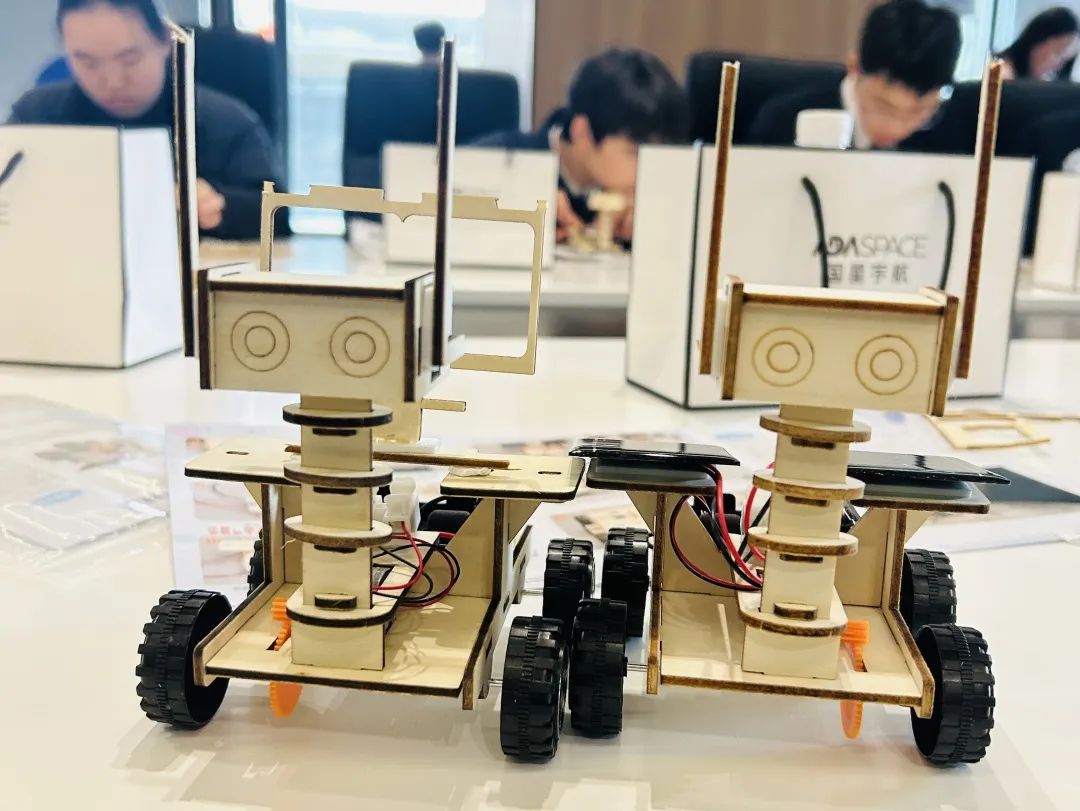

简而言之,本次研学互动致力于通过具体可触的实践,帮助学生将理论知识内化,激发学科兴趣,并为有志于在包括智能医疗、智能金融等在内的交叉领域深造的学生提供实践契机。
计算机科学学科的实景教学
在日常教学中,计算机课程紧跟AI趋势,以培养计算机思维为核心目标。课程不仅帮助学生掌握计算机基本原理,还引导学生运用Python编程实现基础算法的搭建与应用,如流程图排序、效率优化等。此外,课程注重将算法与生活场景结合,鼓励学生从身边小事中发现算法的实际应用价值,在此过程中,学生的融合汇通能力与跨学科思维得以潜移默化地提升。
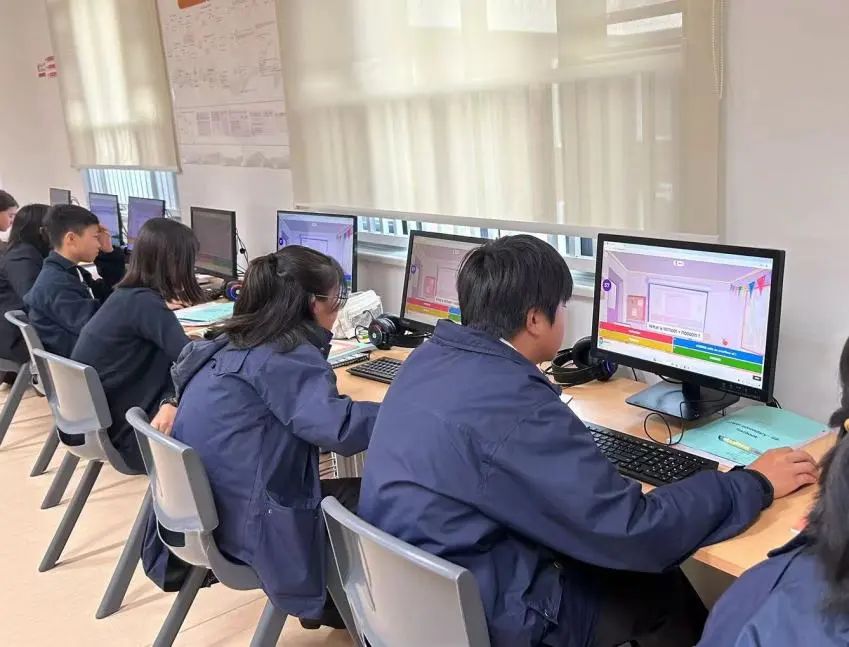
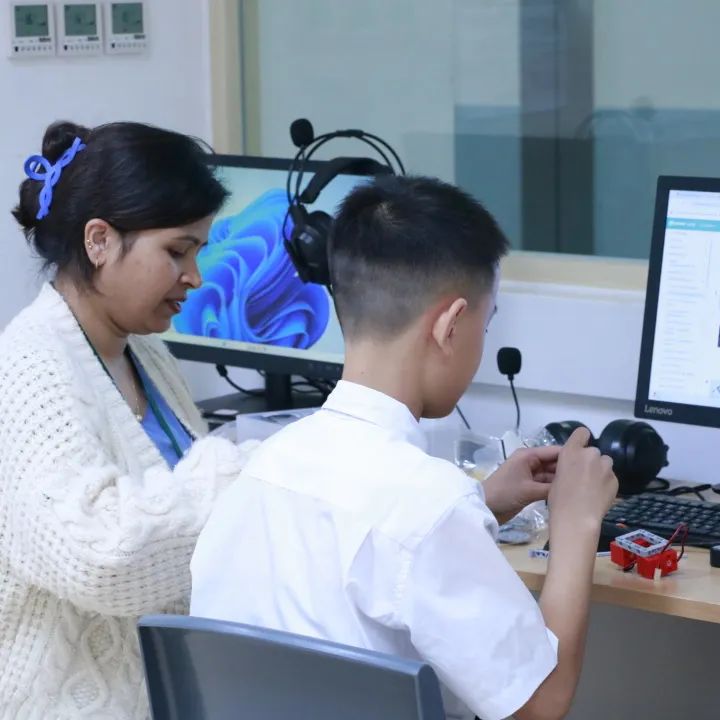
目前,计算机科学课程的同学们正积极备战今年的牛津大学计算挑战赛(OUCC)与加州信息学竞赛(CALICO),期待他们在竞赛中大显身手,以实战锤炼技能,为未来的科技探索之路积蓄力量。
简介
国星宇航(Guoxing Aerospace)于2018年5月在成都创立,主要从事卫星研制、卫星应用、航天技术成果转化等业务。公司围绕“太空人工智能”开展科技创新、技术演进、产品运营并取得阶段性成果。在全球率先并已成功发射21颗人工智能卫星及有效载荷,其中包括国际首颗人工智能大型模型科学卫星、世界首颗在轨人工智能超级商业卫星。该公司在商业航天领域有一定的知名度和影响力,与国内外多家企业和机构建立了合作关系。
Please Swipe Right for English Version
日常预约访校平台
Please Swipe Left for Chinese Version
What fascinating reactions occur when cutting-edge artificial intelligence converges with the boundless fields of aerospace engineering? Recently, 23 seniorschool pupils specialising in Computer Science embarked on a unique journey full of curiosity and exploration. They visited theChengdu Guoxing Aerospace (National Star Aerospace Research Base for WenTian)to kickstart theirAI-powered satellite research journey -- an extraordinary experience that blendedComputer Science and Aerospace Engineering.
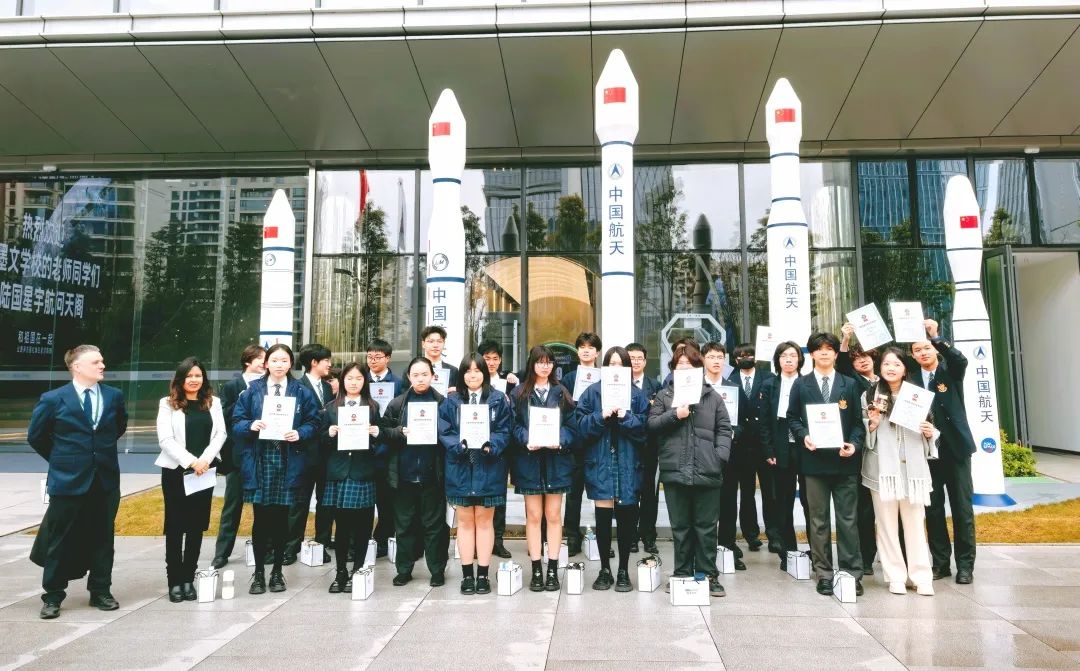
Here, our young stargazers were transformed into 'aerospace engineers'. The stars and algorithms were no longer mere imagination and code, but instead, offered an insight into a new realm of possibilities.
Zero-Distance Decoding & Immersive Interaction
Stepping into real-world satellite R&D laboratories, pupils gained an in-depth understanding of various subsystems and structural designs of satellites. They explored the fusion of AI and aerospace technologies and examined how on-board computing power could shape future space exploration. Beyond learning about Guoxing Aerospace's developmental journey, they also entered the satellite ground control centre to observe real-time orbital operations, witnessing how satellites traverse earth and communicate with stations on the ground. Observing the satellite manufacturing process firsthand planted the seeds of ambition for space exploration in their minds.
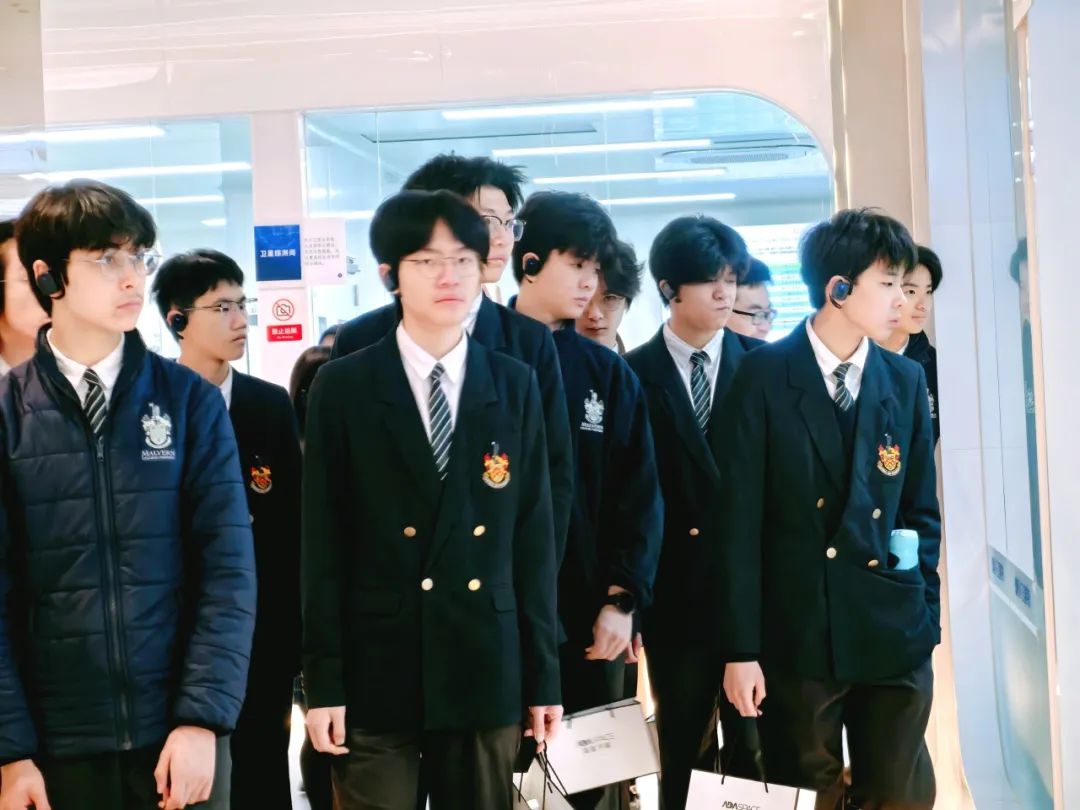

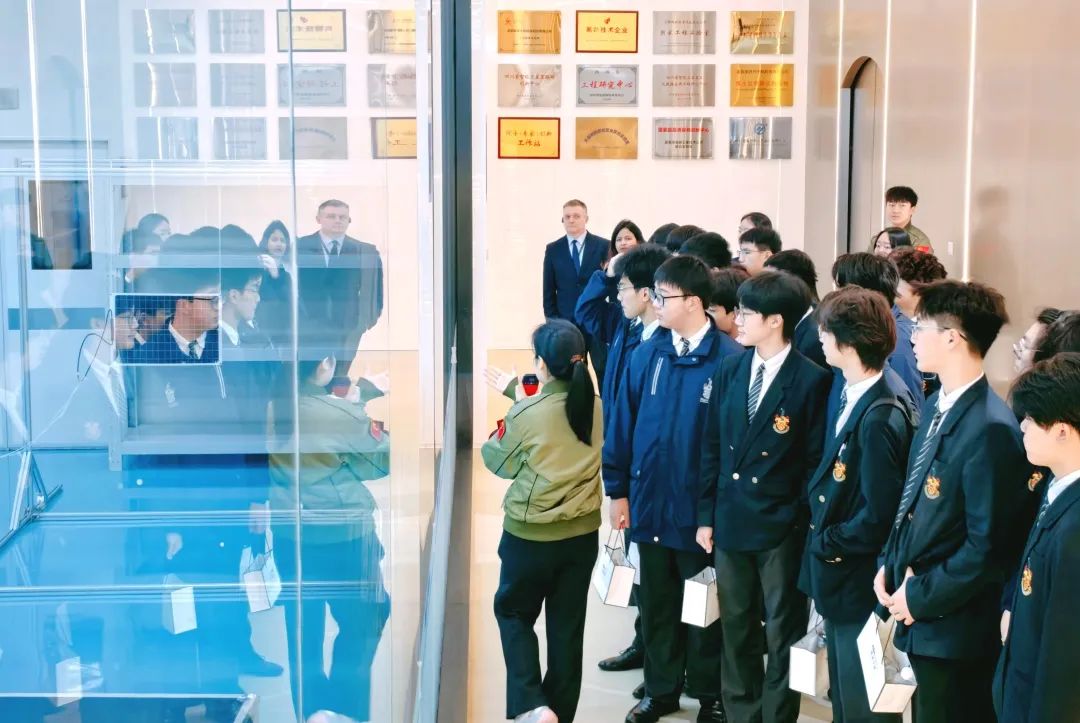
In theStar Voyager VR cockpit, pupils donned VR headsets and embarked on a journey of immersive knowledge exploration. Some "soared" over Chengdu via virtual maps, experiencing the vibrant life of the city, while others "landed" on the Moon to unravel the vastness and mysteries of the cosmos. During lectures, staff recounted stories of Yang Liwei, China's first astronaut, highlighting the extreme rigours of manned spaceflight and underscoring the value of resilience and discipline.
Afterwards, during face-to-face discussions with engineers, pupils deepened their understanding of AI large language models. Fromcontent creationtoautonomous driving, from intelligent customer servicetocommercial satellites, the widespread applications of AI technologysparked even more curiosity and eagerness to explore cutting-edge technology among pupils.

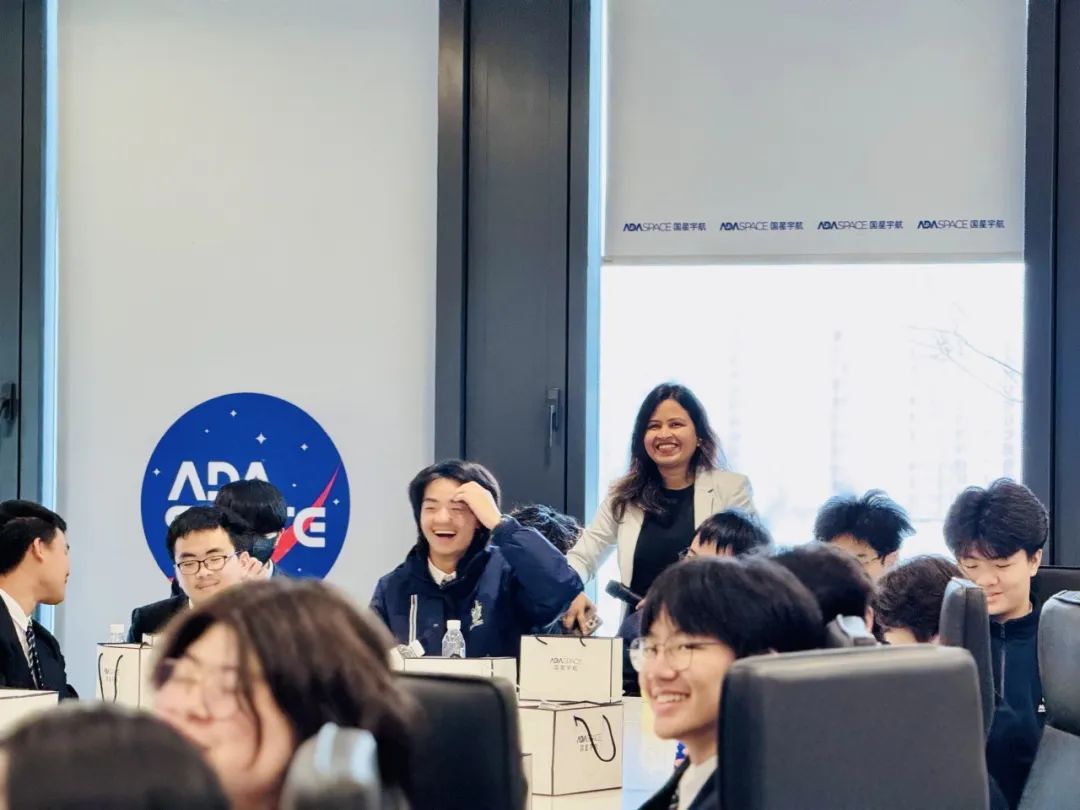
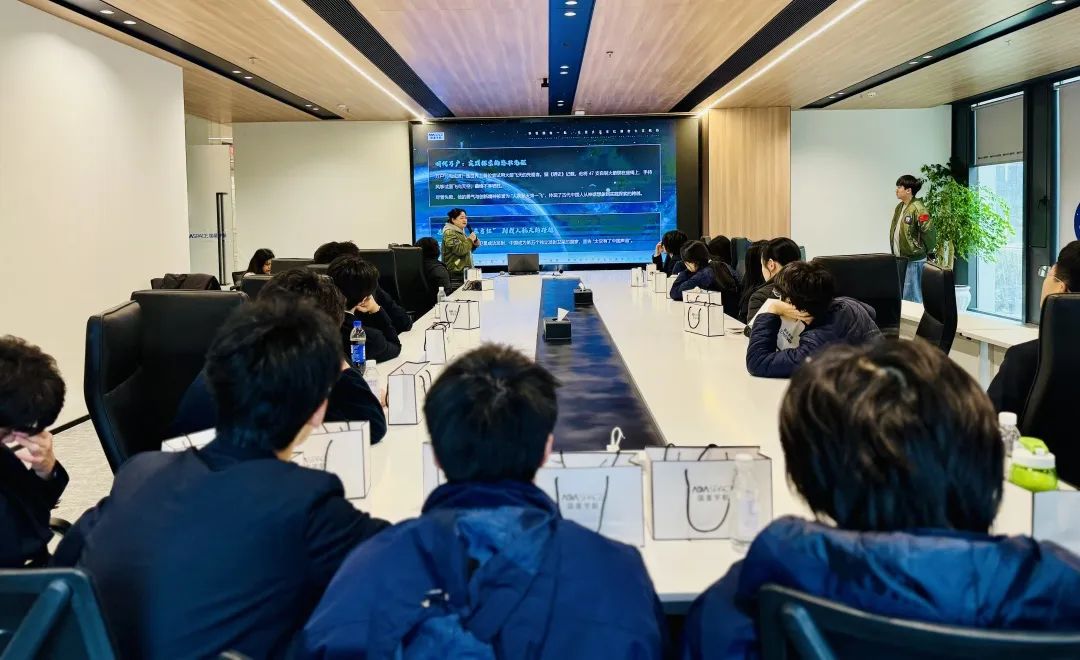
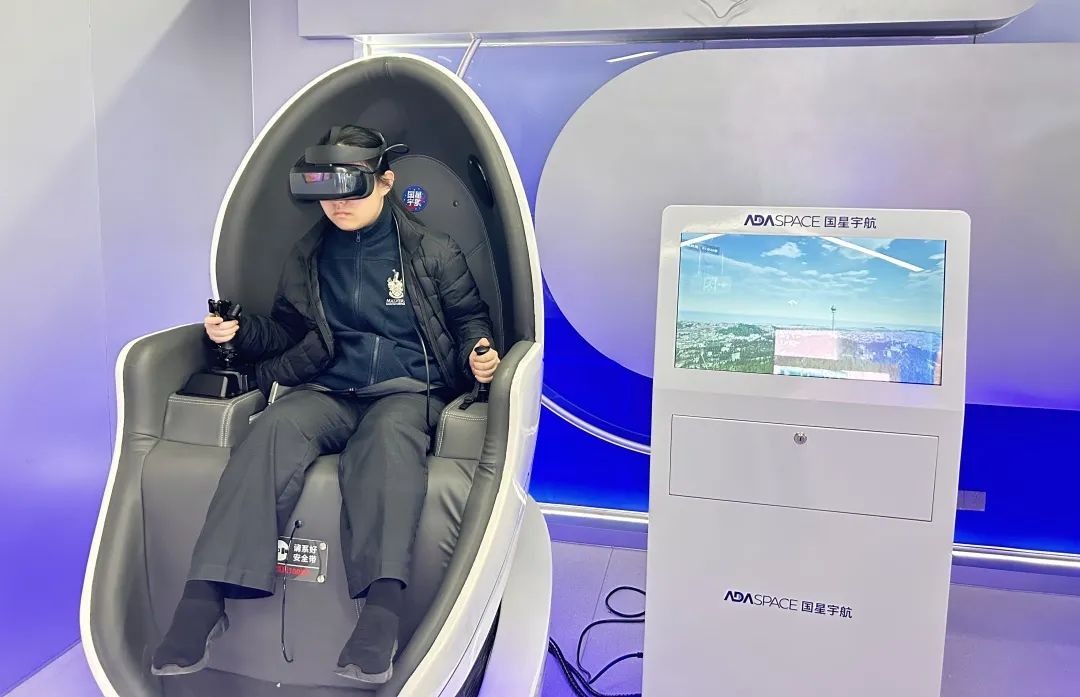
In a lunar rover assembly workshop, pupils unleashed their creativity and teamwork to build intricate solar-powered rover models. Some even experimented with adding antennas. As the rover slowly moved forward, powered by solar energy, the room erupted in cheers. This hands-on activity not only taught solar energy conversion and mechanical design but also sharpened problem-solving skills.
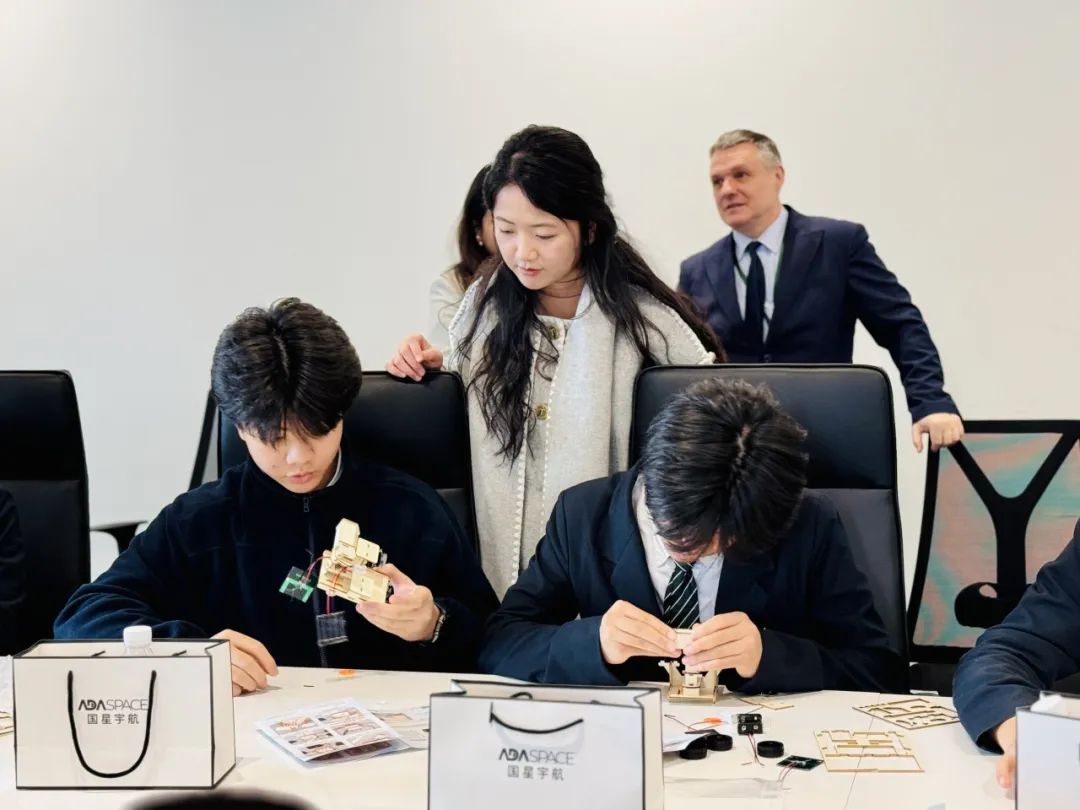
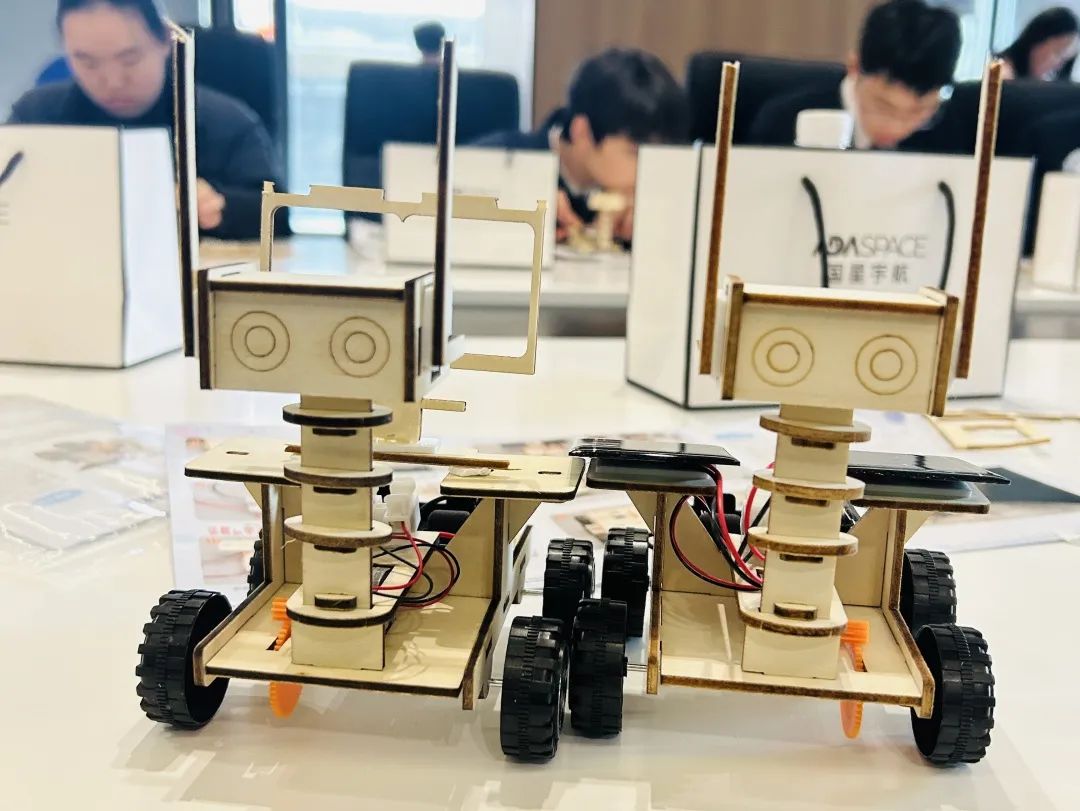
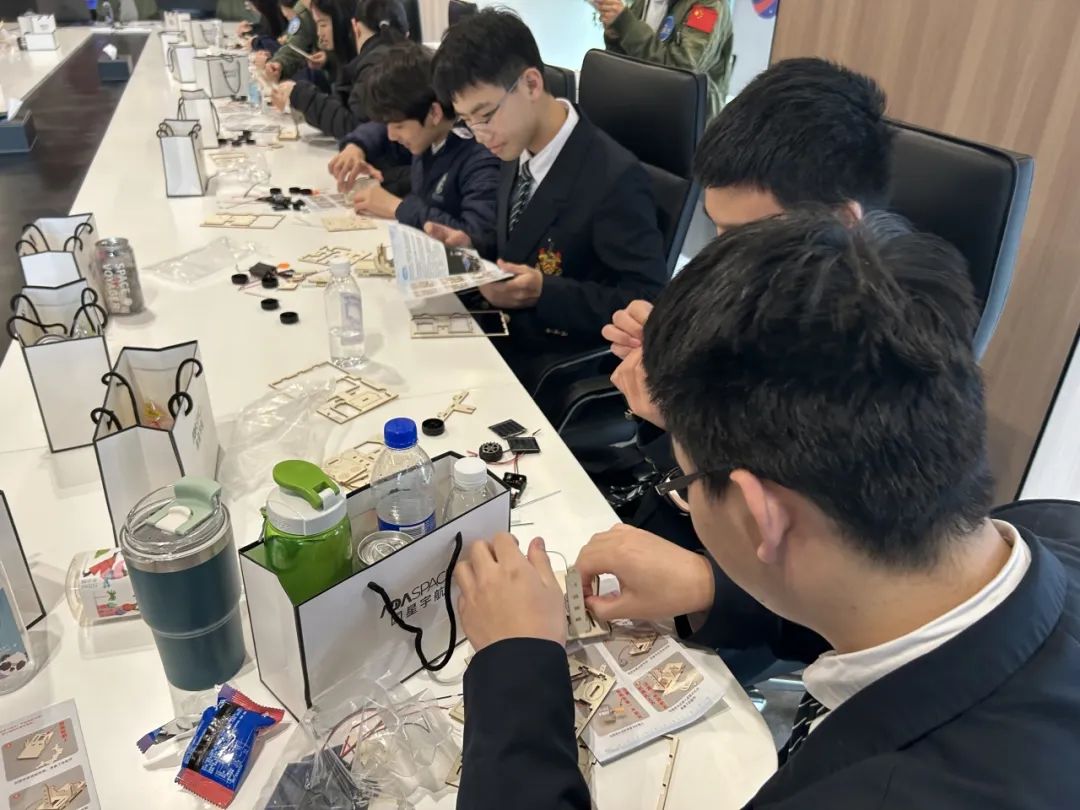
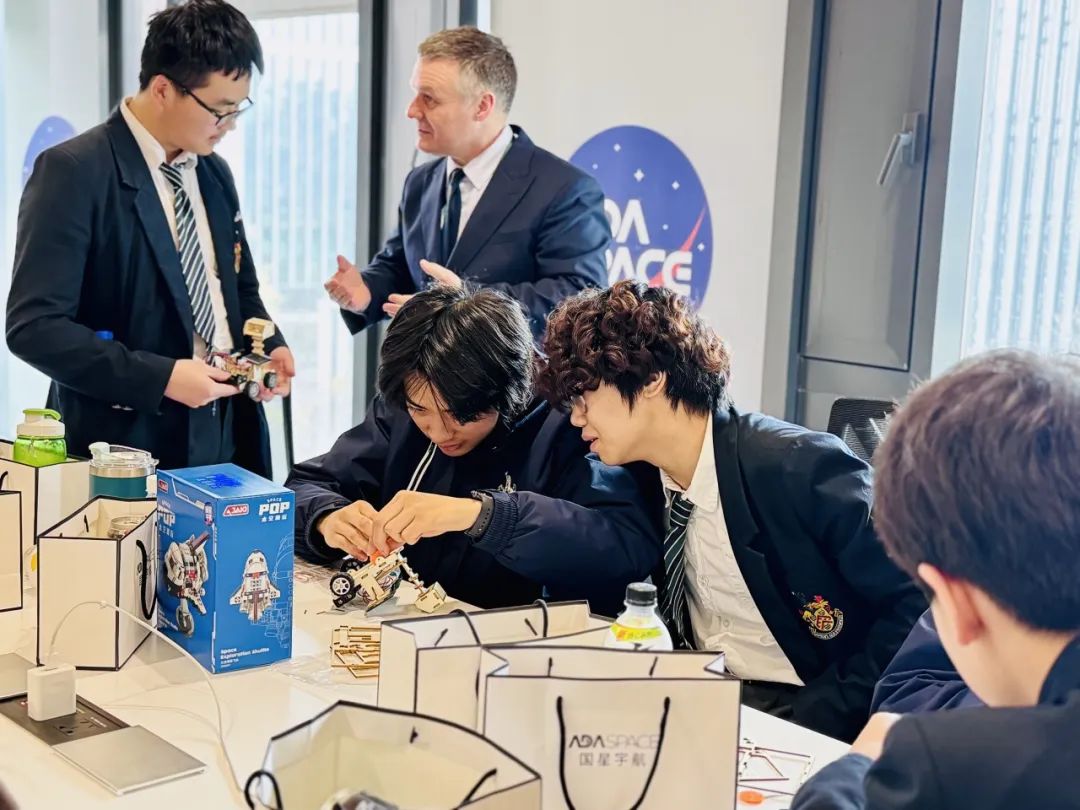
In short, this interactive research initiative aimed to bridge theory and practice, nurturing subject-specific curiosity while offering practical opportunities for pupils aspiring to interdisciplinary fields like smart healthcare and fintech.
Real-World Hands-on Learning in Computer Science
In everyday coursework, the computer science curriculum prioritises cultivatingcomputational thinkingwhile keeping pace with AI trends. Beyond mastering basic principles, pupils learn Python programming to implement basic algorithms such as flow-based sorting to efficiency optimisation and more. Additionally, lessons contextualise algorithms within everyday scenarios, encouraging learners to identify real-world applications. Through this approach, pupils' integration skillsandinterdisciplinary thinkingare subtly enhanced, fostering their ability to think critically and creatively across fields.

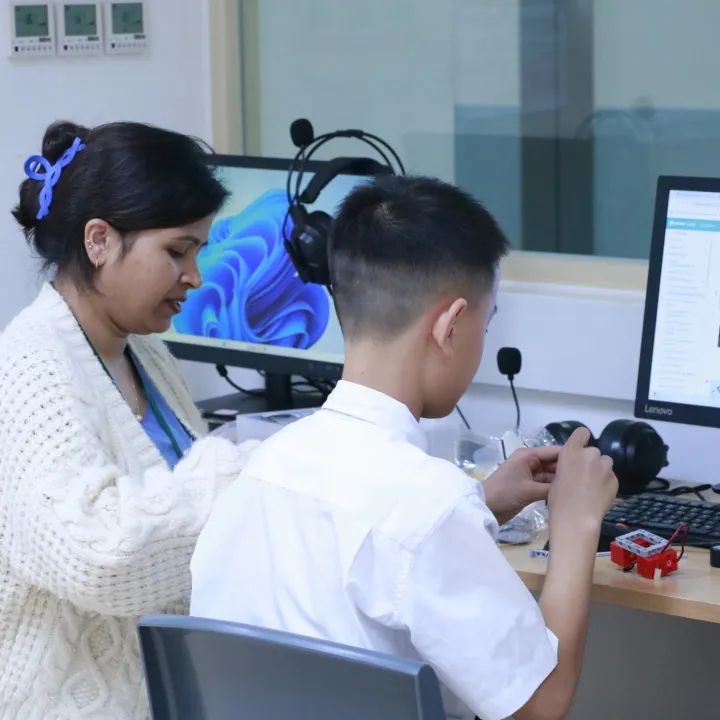
Currently, participants are preparing for this year'sOxford University Computing Challenge (OUCC)andthe California Informatics Competition (CALICO) and there is growing anticipation for their competition debuts. Hands-on experience in these contests will sharpen their technical skills and build momentum in equipping them for their future journeys in scientific exploration.
Introductions
Founded in May 2018 in Chengdu, Guoxing Aerospace specialises in satellite development, application and aerospace technology commercialisation. Focusing on "space-based AI," the company has achieved significant milestones in innovation and product deployment. Globally, it was the first in the world to successfully launch 21 AI satellites and payloads, including the world's first AI large-model scientific satellite and the world's first AI-powered supercomputing commercial satellite in orbit. Renowned in commercial aerospace, Guoxing collaborates with numerous domestic and international enterprises and institutions worldwide.
Please Swipe Left for Chinese Version
Daily Appointment Platforms


